Introduction to Small Color Sorter Machines
Small color sorter machines are innovative systems designed for sorting various small-sized products based on color differences. These machines are integral to operations in sectors like agriculture, recycling, and food processing. Utilizing advanced optical sensors, they precisely separate items by color, enhancing product quality and consistency.
Types and Applications
Compact color sorters come in various types, each tailored to specific applications. For instance, some are optimized for agricultural products like grains and beans, while others are suited for sorting plastic granules in recycling. Their versatility extends to settings such as beverage and snack food factories, restaurants, and even small-scale home use. The adaptability of these machines allows for sorting a range of items from soybeans to fruits and vegetables.
Technical Features
The technical prowess of a small color sorter lies in its precision and efficiency. These machines are equipped with high-resolution cameras and sophisticated image processing software to detect and remove impurities. Despite their compact size, they maintain a high throughput, ensuring that productivity is not compromised. The user-friendly interface of these sorters often includes touch-screen controls for ease of operation.
Material and Construction
Durability is a key aspect of small color sorting equipment. They are typically constructed from industrial-grade materials that can withstand the rigors of continuous operation. The choice of materials also ensures that the machines are easy to clean and maintain, which is crucial in food processing applications to meet hygiene standards.
Advantages of Small Color Sorters
The advantages of employing a small color sorting machine are manifold. They significantly reduce labor costs by automating the sorting process and minimize errors associated with manual sorting. Moreover, their small footprint makes them ideal for businesses with limited space. These machines contribute to sustainability efforts by reducing waste and improving the quality of the final product.
Choosing the Right Machine
Selecting the appropriate small color sorter requires consideration of several factors, including the type of product to be sorted, the volume of production, and the specific requirements of the processing line. Potential buyers should assess the machine's compatibility with their existing systems and the level of technical support available.










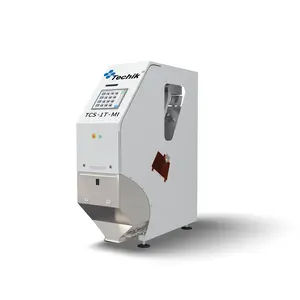
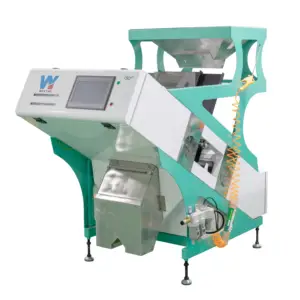

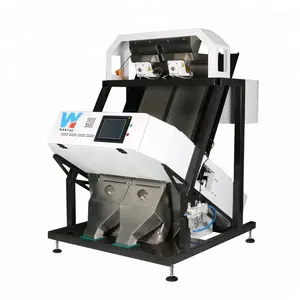



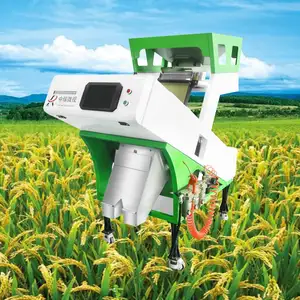
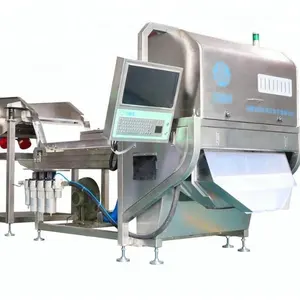


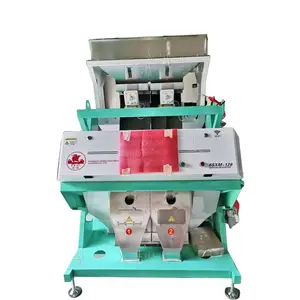

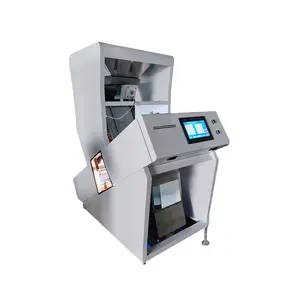









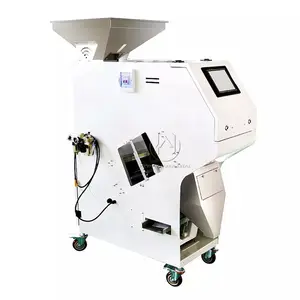






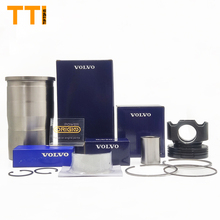




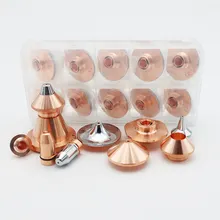

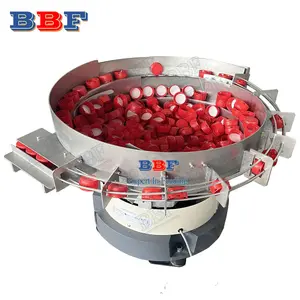



























 浙公网安备 33010002000092号
浙公网安备 33010002000092号 浙B2-20120091-4
浙B2-20120091-4